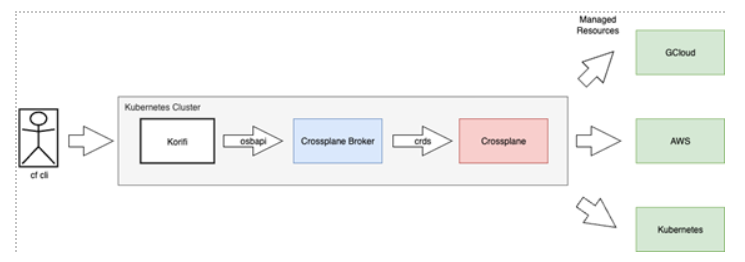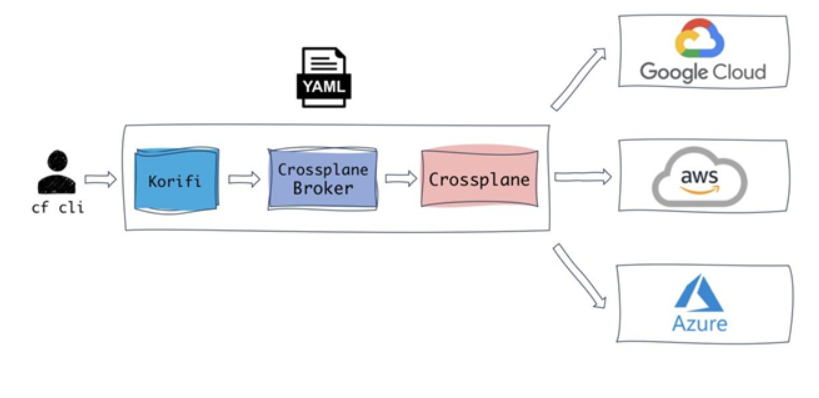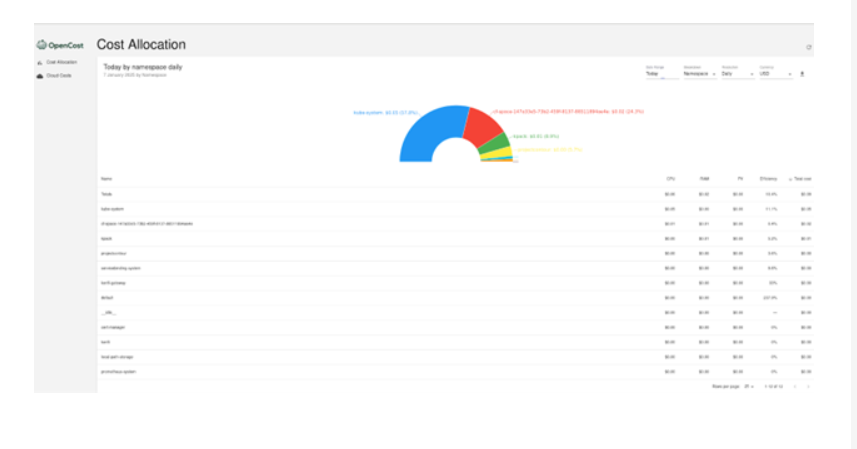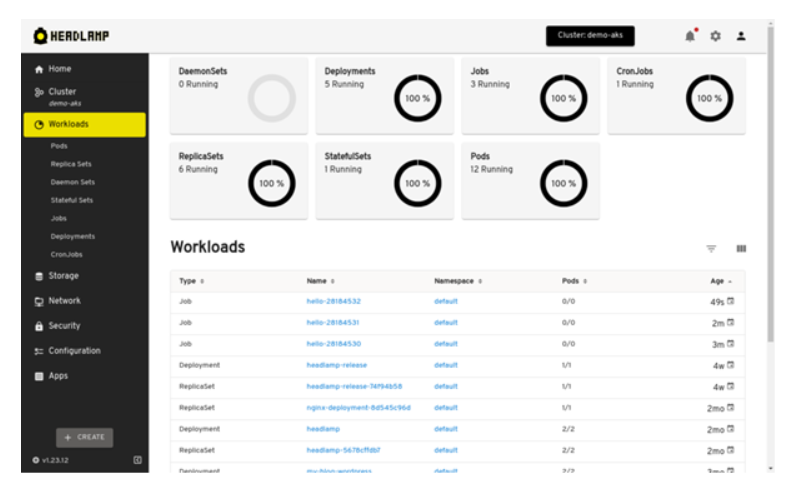The Symbiotic Relationship of Cloud Foundry and the Cloud Native Ecosystem
The promise of Cloud Foundry has always been clear: An unparalleled developer experience. In a world now dominated by the Cloud Native Computing Foundation (CNCF) landscape—a vast, ever-growing ecosystem of tools spanning several areas, maintaining this simplicity while keeping up with modern standards is a critical challenge. For any intelligent tech community, the path forward is not one of isolation or reinvention, but of symbiosis. By strategically leveraging the immense spread of battle-tested CNCF projects, Cloud Foundry can integrate new capabilities directly into its platform. This approach avoids the massive overhead of building features from scratch, ensuring Cloud Foundry remains a favoured developer platform that is simultaneously powerful and delightfully simple.
Let’s look at three other open source cloud-native projects that enhance Cloud Foundry.
Elevating Cloud Foundry With Crossplane
Managing service lifecycle has always been the biggest limitation in cloud platforms. There are a dozen ways to solve this problem. At the recent Cloud Foundry Day Europe event, contributors Danail Branekov and Georgi Sabev from SAP demonstrated an integration between Crossplane and Cloud Foundry Korifi.
This effort uses Crossplane’s Composite Resource Definitions (XRDs) and accesses them via Korifi pods. The XRDs are meant to connect with services that are the native workflow for Crossplane.
Korifi’s service broker integration relies on the Open Service Broker API (OSBAPI). This enables it to register the Crossplane Service Broker, which is OSBAPI-compliant and designed to provision Crossplane resources.
Through its providers, Crossplane translates these Kubernetes resources into managed cloud services. Because service definitions are entirely declarative (YAML), new services can be added dynamically without any required changes to the Korifi core or the Crossplane Service Broker.
Measuring Ops Costs With OpenCost
I favor using OpenCost largely because it provides a fully open-source model for cost allocation, enabling teams to implement both showback (informing teams of their cost) and chargeback (billing teams for their usage). Not to mention, OpenCost does this with a high degree of transparency and accountability.
Additionally, the open standard provides the capability to measure costs with granularity down to a container level. It also integrates with the cloud provider API to determine how much each service actually costs, and provides the most accurate information based on the actual underlying infrastructure charges. While other advanced tools offer this, OpenCost makes this capability available as a free, core, and open-source tool.
This is a significant capability not just for Cloud Foundry but for anyone working with cloud-based resources. The Cloud Foundry spread of projects doesn’t have specific tools for monitoring and assessing costs.
Transparency With Headlamp
Headlamp is an open-source, graphical user interface (GUI) specifically engineered to streamline the management, exploration, and debugging of Kubernetes cluster resources. A significant architecture choice underpinning Headlamp is its support for a dual-modality deployment model, offering flexibility unmatched by many competitors. Headlamp is available as both a dedicated Desktop Application and deployed in-cluster.
The plugin system is another huge win for Headlamp users. It allows users and platform providers to extensively customize and extend the user interface and underlying functionality, modifying both the information presented and the manner in which it is displayed.
A recent AI assistant goes beyond the gimmicks to respond to rather complex and sophisticated user queries. It includes support for a specialized Kubernetes tool, which interacts with the cluster’s operational state.
Beyond standard resource lists, Headlamp incorporates advanced visualization features. Notably, the Application Map provides detailed diagrams of the entire application topology within a given namespace. This visual representation enhances debugging capabilities, offering clarity that standard, text-heavy tabular views often lack, helping users rapidly understand the relationships and dependencies between cluster resources.
In Conclusion
These three projects demonstrate tremendous value in my opinion. This strategic interoperation is the ultimate “don’t reinvent the wheel” strategy, future-proofing Cloud Foundry’s value proposition and ensuring developers can continue to move at maximum velocity, unburdened by complexity, while benefiting from the very best of open-source innovation. The symbiosis is complete, and it is a win for every developer seeking speed, scale and simplicity.
KubeCon + CloudNativeCon North America 2025 is taking place in Atlanta, Georgia, from November 10 to 13. Register now.






